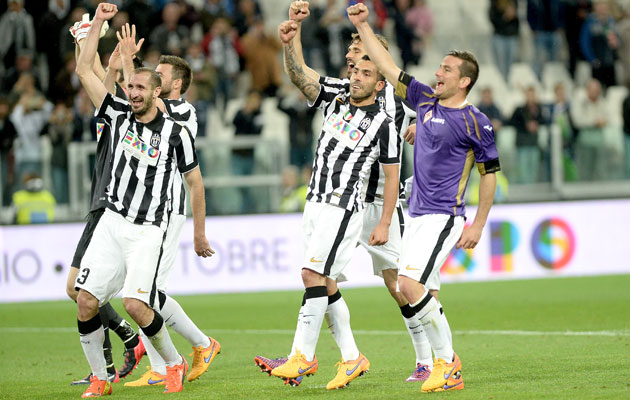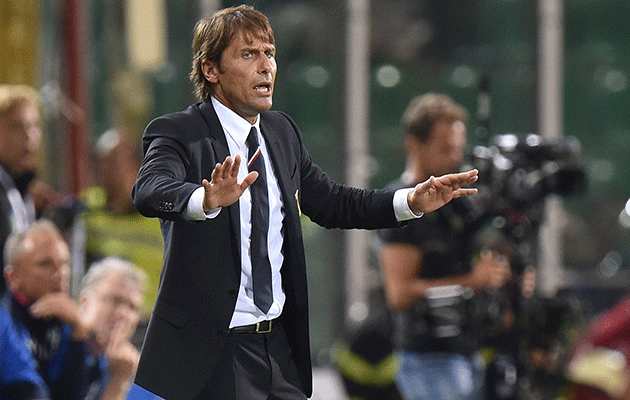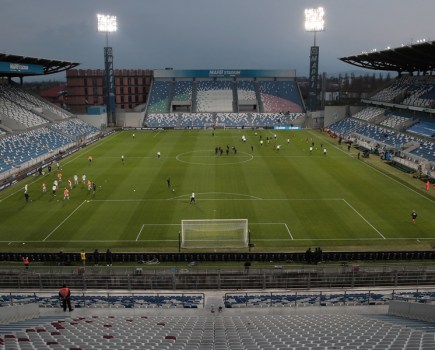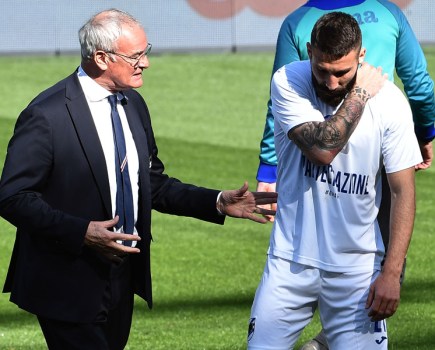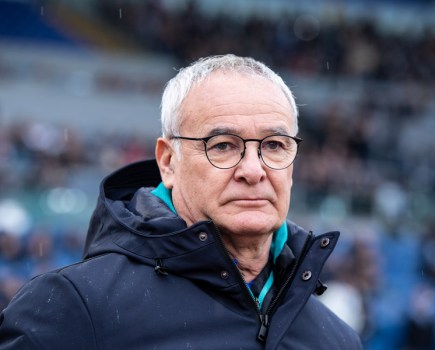Recently, a report by the UK-based Centre For Economics and Business Research (CEBR) suggested that, in the not too distant future, Italy could struggle to maintain its current status as a member of the world’s influential economic clubs, such as the so-called G8 and G20. International football standing and current national economic well-being often go hand in hand so it comes as no surprise to find that Italian football, like the national economy of which it is an expression, is clinging precariously to its long established elite standing.
Depending on how you view the “half empty/half full” glass, the year 2015 has provided contradictory evidence re the decline and fall or partial rise and rise of the current Italian game. The decline and fall is all too evident and has been all too often documented in these news dispatches.
For a start, the mid-summer collapse and consequent relegation to semi-professional ranks of one time UEFA Cup winners, Parma, hardly represented a healthy calling card. For a second, a series of match-fixing scandals, dominated by the Cremona -based “Last Bet” scandal, depict a picture that is everything other than rosey.
In early July, Cremona public prosecutor Roberto Di Martino indicated the scope of his enquiry when he requested that 104 people be summoned to stand trial in relation to at least 60 suspect games, including a handful of Serie A fixtures. Among those named were football VIPs, including national team coach Antonio Conte, former Lazio star, Beppe Signori, current Lazio midfielder, Stefano Mauri and former Italian international Christian Doni. Given Italy’s liberal use of the “Statute Of Limitations” clause, this trial may never arrive at sentencing but, in the meantime, it is guaranteed to cause a huge media fuss in 2016.
That certainly applies to coach Conte who, essentially, is charged with not having reported a typical, last day of season Serie B relegation/promotion “fix” between Albinoleffe and Siena, then coached by Conte, in May 2011. The story of this game is quickly told – Albinoleffe, threatened with relegation, needed the points whilst Siena, already sure of promotion to Serie A, did not. Yes, Albinoleffe did win, 1-0.
Whilst Conte has repeatedly declared himself innocent of any wrongdoing, it is worth recalling the observations of prosecutor Di Martino, in an interview with Gazzetta Dello Sport last July. He suggested that the Football Federation and other sports authorities were not exactly enamoured of his enquiry, saying :,“What is sure is that none of them (Federation authorities) ever came to my office, looking for detailed information…”.
Di Martino claimed that many footballers have a “wrong attitude”, ground into them from their youth team football days. This leads them to believe that there is nothing wrong with the odd match-fix, he claimed, adding:
“…They think that a mutually convenient agreement between two teams is normal. But it is not. On the contrary, it is a penal and sports felony…At the beginning of the investigation, I thought that the problem concerned only the Lega Pro (3rd Division). I was wrong. It is just as easy to fix a Serie A game and if you look at the court documents, you will find plenty of examples of this…”
Then too this year we had that wonderful meritocratic moment when Lazio Preisdent and Federation official, Claudio Lotito, in a wire tap, told Pino Iodice, director general of Lega Pro C side, Ischia last January that the then promotion contenders Carpi and Frosinone (both now in Serie A) “aren’t worth a damn”. From the TV rights viewpoint, explained Lotito, “it will be a disaster if they go up”.
All of which even prompted Riccardo Cucchi, the authorative football “voice” of state radio RAI, to ask on the much followed “Radio Anch’Io” programme last July whether, faced with all these scandals, Italian football should not consider a total suspension of activity. That, clearly, will not happen but the question was worth asking.
The Italian glass is, of course, every bit as much “half-full” as “half-empty”. Despite the above mentioned stories and despite others related to fan violence, fan strikes, racist incidents and more besides, Italian football enjoyed a 2015 marked by a refound competitivity on the field. On the European club front, Juventus made it to the Champions League final where, with just a little more self-belief, they might have given Barcelona a tougher run for their money. The same applies to both Fiorentina and Napoli, both eliminated at the semi-final stage of the Europa League when it seems that, more than anything, their nerve failed them.
Intriguingly, all three clubs will have a chance in 2016 to make up for those disappointments, given that Juventus meet Bayern Munich in the second round of the Champions League whilst Fiorentina and Napoli have dates with Tottenham Hotspur and Villareal respectively. Those three emblematic ties may tell us more. An Italian washout will be heralded far and wide as further proof of the Decline and Fall of the Italian game. If two of the above three were to make their way into the next round, then even the most ardent critic of the Italian game would have to admit that there is still life in the old dog.
That same observation must needs be applied to Antonio Conte’s national team. Italy’s qualification for Euro 2016 was a clear case of “mission accomplished”. With a record of seven wins and three draws, 16 goals scored and seven conceded, Antonio Conte’s new look Italy did not put a foot wrong.
Intriguingly, Conte’s Italy seems destined only to improve. As the qualifying group progressed under the new coach, the side began to assume a definite “template”, one based on more than the “obvious” choices such as Juventus trio Gigi Buffon, Giorgio Chiellini and Leonardo Bonucci in defence or Lazio’s Antonio Candreva in attack. Players like Italo-Brazilian Eder, Stephan El Shaaraway and Graziano Pellé in attack, schemer Marco Verratti in midfield and full backs Mattia Di Sciglio and Matteo Darmian are now in the template too.
Who knows what will happen when the inspirational Conte finally gets to have the players for an extended period next May, prior to the Euro 2016 finals. Italy’s group opponents next summer – Belgium, Sweden and the Republic of Ireland – are clearly no pushovers but, frankly, it would be stretching things a bit to suggest that Italy were worried by their Euro 2016 finals draw.
A November Brussels friendly against world number one rated side, Belgium, saw Italy beaten 3-1 but that final scoreline ignores the fact that for at least the first hour Italy gave as good as they got. In short, as Italy prepare for France 2016, we have every belief that they will prove as competitive as the Cesare Prandelli Italy which lost the last European Championship final to Spain in Warswaw in 2012.
Good showings from Juventus, Napoli, Fiorentina (or indeed Lazio) on the European club front or from the national team in France might give the lie to the apparent, current relegation of Italian football. Good 2016 results here, however, would only underline that whilst Italian football continues to develop talent and know how (especially of the coaching variety), it still needs to tackle serious infrastructural and organisational problems if it is to avoid a further loss in international status.

